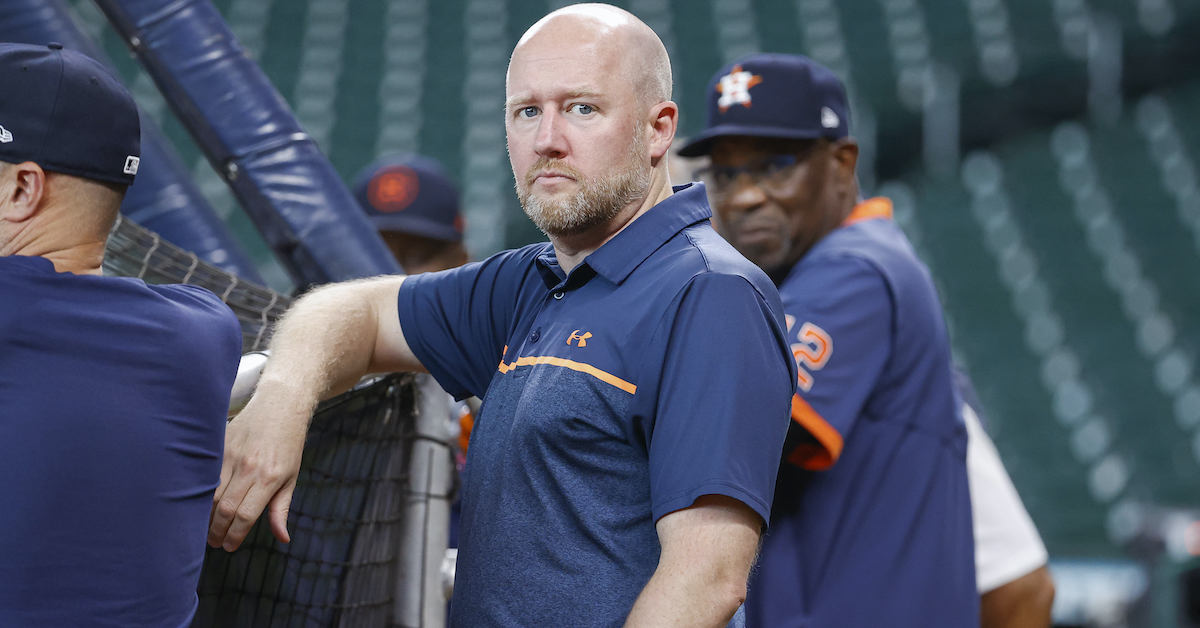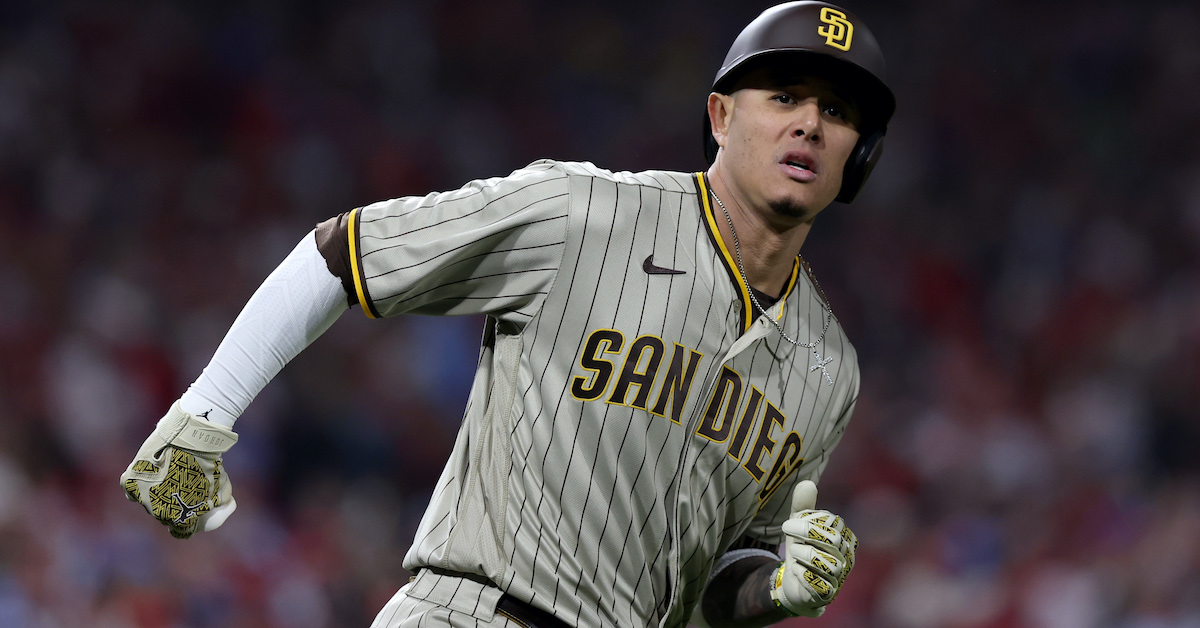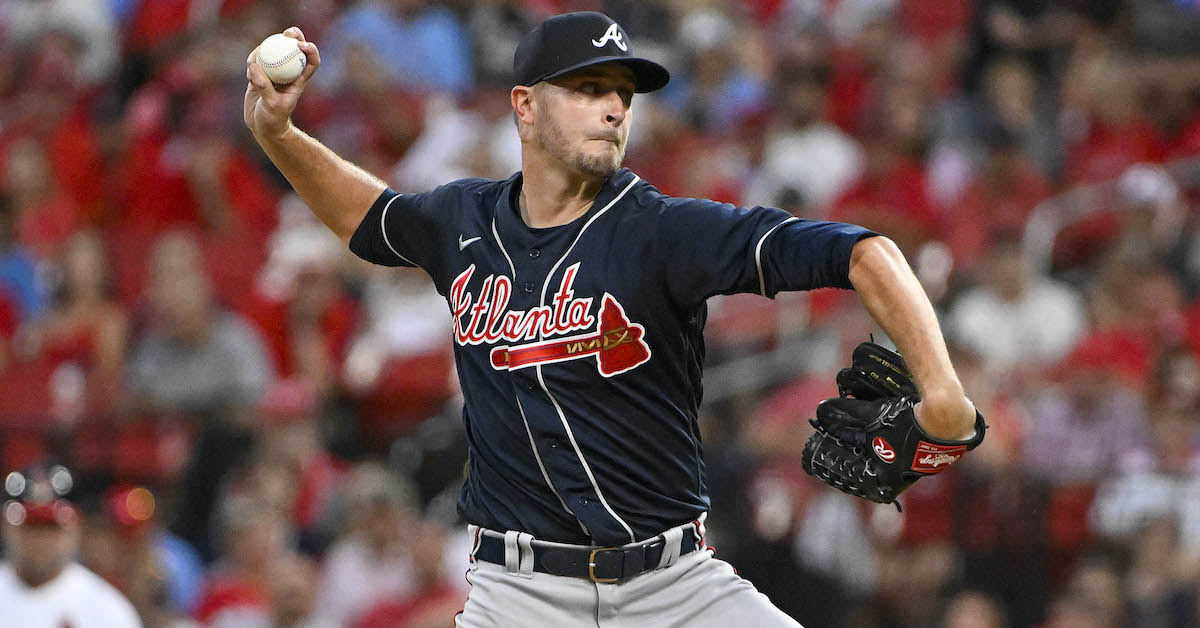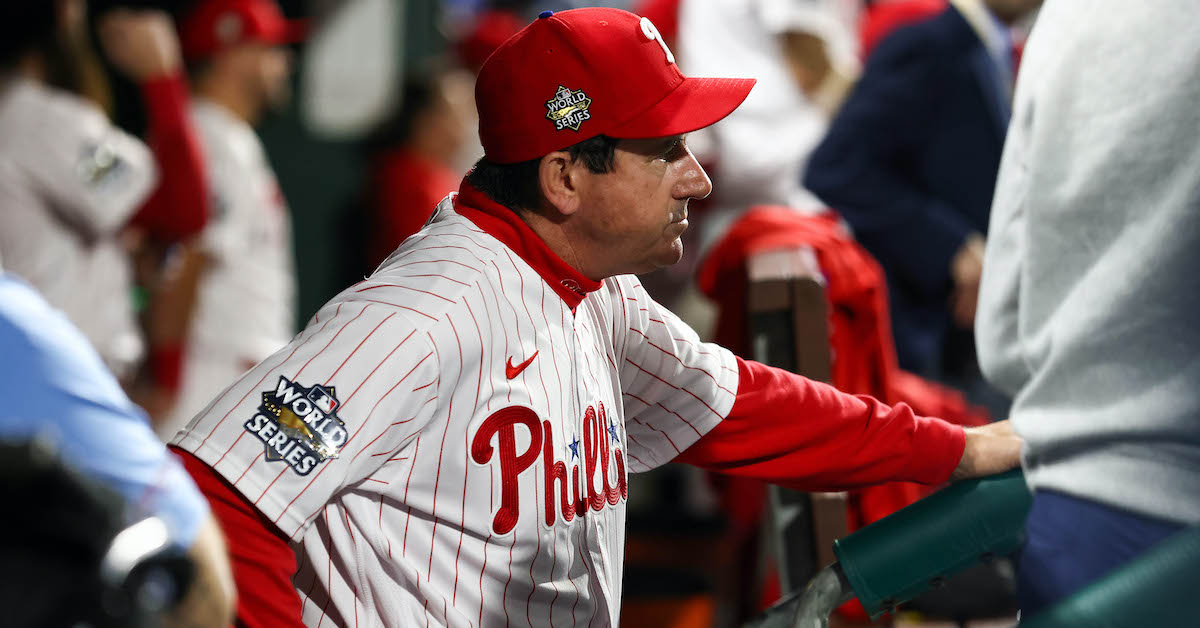Performance Associate, Player Development
Summary:
Contribute to Washington Nationals Player Development for the 2023 season in a new full-time, high impact Player Development role. We are looking for qualified individuals who can aid our Player Development department by managing, overseeing, and developing player and coach-facing, data-driven processes throughout the season. In the offseason, daily tasks, research projects, and preparation for the upcoming season comprise the bulk of the work.
This is full-time position, and you will be joining the Nationals Player Development and Baseball Operations Departments as a key contributor moving forward.
Essential Duties and Responsibilities:
- Facilitate the management of accurate data reporting processes and structures to coaches, staff, and players.
- Distribute a wide range of reports and communicate relevant insights to staff.
- Monitor and analyze relevant trends in both on-field and practice settings.
- Produce and contextualize advance scouting reports.
- Coordinate the use of player performance technology pertaining to both pitching and hitting, including wearable, radar-based, and camera-based systems.
- Collect, maintain, and organize data from all player development technologies.
- Maintain consistent testing and assessment protocols with all player development technologies and other methods of tracking.
- Collaborate with other members of Player Development, S&C, and Medical on assessing and monitoring player performance and injury risk.
- Spearhead continued education efforts on the uses and application of player development technologies and other data sources with coaches, staff, and players.
- Assist in researching new modalities and applications of player development technologies.
- Monitor public baseball research and emerging statistical tools, as well as all potential vendor data/technology opportunities.
- Other duties as assigned.
Requirements:
Minimum Education and Experience Requirements
- Bachelor’s degree or equivalent.
- Degree and/or relevant professional experience in the following fields is preferred:
- Statistics
- Sports Science
- Biomedical Engineering
- Computer Science
- Demonstrated work (professional or personal) using any of R, SQL, Python is preferred.
- Fluency or proficiency in Spanish is preferred.
- Ability to write clearly and effectively in English and/or Spanish.
- Proficient in MS Office applications such as Excel and PowerPoint.
Knowledge, Skills, and Abilities necessary to perform essential functions
- Passion for creating data-driven plans, visualizations and engaging in research projects related to player development.
- Critical thinking skills to answer statistical and biomechanics-related questions and to test research hypotheses.
- Desire to learn about the ins and out of baseball player development and how data, tech, and sports science can make an impact on the field.
- Ability to relocate to (or close to) one of the Nationals affiliate cities.
- Familiarity and previous experience working with baseball technologies such as Hawkeye, Trackman, and a range of wearable technologies.
- Strong communication, collaboration, and organizational skills.
- The ability to translate and explain technical concepts and terms into digestible messages.
- Excellent analytical and problem-solving skills.
- Effective time management.
- Uphold Core Values: Excellence, Performance, and Accountability. These core values set the tone in everything we do, help us succeed on and off the field, make a difference in the community and provide the best guest experience in sports. It is important that the person in the position commits themselves to these core values so that we can constantly move forward in the same direction – Together.
Physical/Environmental Requirements:
- Minimum physical requirements: Ability to travel and gain access to various areas of the ballpark for prolonged periods of time during games and events. Able to lift and transport up to 25 pounds.
- Office: Working conditions at the team’s home facility are normal for an office environment. Work during road trips will vary depending on the visiting team’s set-up – being able to adjust to different workspaces on the road will be a regular part of the job.
The Nationals are a military-friendly organization actively recruiting veterans and spouses.
All applicants for employment at the Washington Nationals are required to be fully vaccinated against COVID-19 prior to commencing employment. Applicants who receive a conditional offer of employment will be required to produce proof of vaccination status prior to their first day of employment. Applicants with qualifying disabilities or bona fide religious objections may be exempted from this requirement or otherwise accommodated if they are unable to be vaccinated.
To Apply:
To apply, please follow this link.
Player Development Analyst, Baseball Research & Development (R&D)
Summary:
The Washington Nationals are seeking a Player Development Analyst to join our Baseball Research & Development team. The Player Development Analyst will help summarize our baseball datasets to produce actionable insights, evaluate our player’s strengths and weaknesses, build player plans, and communicate regularly with Player Development staff. The analyst will also help analyze data from various tracking technologies such as Hawk-Eye, TrackMan, and Blast Motion and occasionally assist with the operation of these technologies. The analyst will report to the Coordinator of Player Development Analytics in Baseball Research & Development.
The analyst should be able to communicate findings well to all audiences, technical and non-technical. We are seeking candidates with particular interest in player development who have a desire to interact with staff, coaches, and players when appropriate. Effective communication skills paired with data science experience are essential.
This position is based out of West Palm Beach, FL.
The Nationals are a military-friendly organization actively recruiting veterans and spouses.
Essential Duties and Responsibilities:
- Analyze player tracking data and produce statistical summaries for coaches
- Build interactive web apps using R Shiny
- Design and build automated reports with informative data visualization
- Consult with R&D members on statistical modeling projects
- Assist with development of player improvement plans
- Participate in R&D code reviews
- Other duties as assigned
Requirements:
Minimum Education and Experience Requirements
- Undergraduate or graduate degree from a four-year college or university, preferably in Data Science, Statistics, Mathematics, or Computer Science
- Experience analyzing datasets and training statistical models using R, Python, SQL, or equivalent
- Playing background (baseball or softball) at the collegiate level or above and/or relevant experience is preferred
- Previous experience working with baseball datasets and tracking technologies is a plus
Knowledge, Skills, and Abilities necessary to perform essential functions
- Effective organizational skills and attention to detail
- Self-starter with an ability to handle multiple tasks and responsibilities
- Excellent written and verbal communication skills; ability to present ideas clearly and concisely
- Enthusiasm for learning new skills related to programming, statistical modeling, and data visualization
- Uphold Core Values: Excellence, Performance, and Accountability. These core values set the tone in everything we do, help us succeed on and off the field, make a difference in the community and provide the best guest experience in sports. It is important that the person in the position commits themselves to these core values so that we can constantly move forward in the same direction – Together.
Physical/Environmental Requirements:
- Ability to work in a high activity and heavily crowded outdoor professional sports venue
- Work is performed in both an interior/office environment and outdoors where the employee will be exposed to prevailing weather conditions
- Typically required to climb up/down stairs and walk long distances
- Ability to work flexible hours including nights, weekends, and holidays during the baseball season
- Potential for travel required (Washington DC, affiliate cities, or elsewhere)
All applicants for employment at the Washington Nationals are required to be fully vaccinated against COVID-19 prior to commencing employment. Applicants who receive a conditional offer of employment will be required to produce proof of vaccination status prior to their first day of employment. Applicants with qualifying disabilities or bona fide religious objections may be exempted from this requirement or otherwise accommodated if they are unable to be vaccinated.
To Apply:
To apply, please follow this link.
The content in this posting was created and provided solely by the Washington Nationals.







